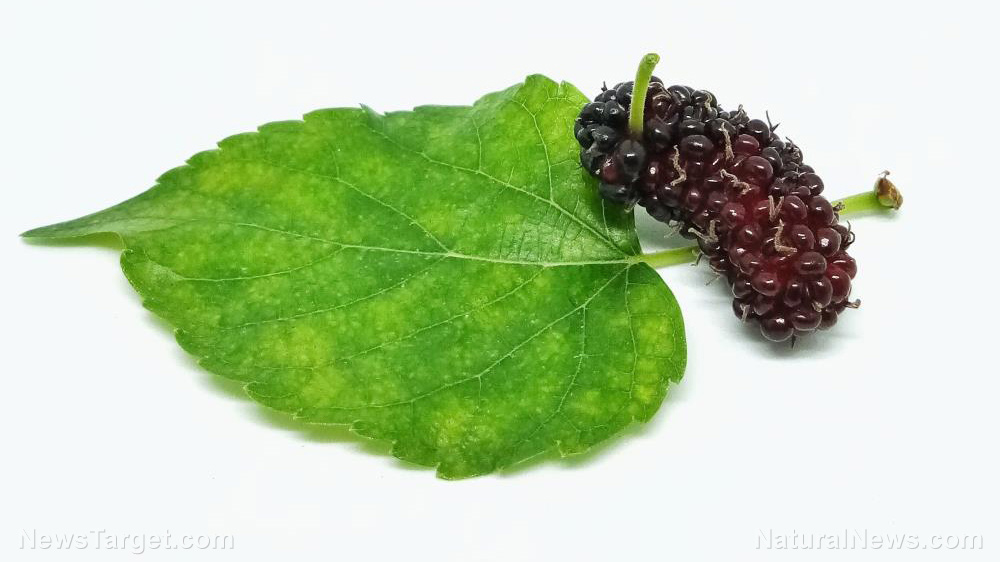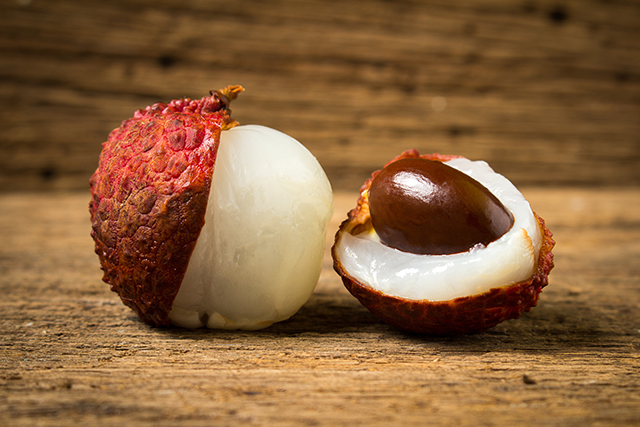The potential of olive wine in treating oxidative stress-associated diseases
12/06/2018 / By RJ Jhonson

Olive mill wastewater is one of the byproducts of olive oil production and is considered a dangerous soil pollutant. Fermenting it creates olive wine, which, according to a study published in the journal Pharmaceutical Biology, could be a rich source of phenols and flavonoids with potent antioxidant activity.
- The concentration of hydroxytyrosol in olive oil was obtained through high-performance liquid chromatography (HPLC) for comparison.
- The total flavonoid, total polyphenol and in vitro antioxidant activities were assessed using spectrophotometry.
- Three dosages (7, 14, and 28 mL/kg) were administered to aged mice for 30 days. The levels of malonaldehyde (MDA), protein carbonyl, reduced glutathione (GSH), and activity of superoxide dismutase (SOD) were then assayed in the animals’ plasma and liver.
- The researchers determined the IC50 value of olive wine to scavenge DPPH and hydroxyl free radicals to be at 2.5 and 3.2 percent, respectively.
- Compared to the solvent group, the mice given 28 mL/kg of olive wine showed remarkably lowered mouse MDA concentration in their liver and reduced protein carbonyl level in their plasma.
- Doses of 7 and 28 mL/kg caused notable improvements in SOD activity in both mouse plasma and liver.
- The beneficial effects of olive wine in the animals’ liver were considered superior to those of vitamin E (gamma-tocopherol).
The study proved that olive wine possesses powerful antioxidant activity potentially capable of treating oxidative stress.
Find the full text of the study at this link.
Learn about the harmful effects of oxidative stress at Health.news.
Journal Reference:
Yao Q, He G, Guo X, Hu Y, Shen Y, Gou X. ANTIOXIDANT ACTIVITY OF OLIVE WINE, A BYPRODUCT OF OLIVE MILL WASTEWATER. Pharmaceutical Biology. 2016;54(10):2276–2281. DOI: 10.3109/13880209.2016.1153661
Tagged Under: antioxidants, cell damage, fermented olive mill wastewater, olive mill wastewater, olive oil production, olive oil waste, olive wine, oxidative stress



















